
“We’re going to tell the millionaires not to be so shameless, to stop building seven-star hotels in a province that knows hunger.”
This controversial comment from the Broad Front party’s candidate for vice president, Patricia Mora, was posted on Facebook by Suray Carrillo, candidate for legislator for Guanacaste.
Carrillo posted it on January 17, but it went viral a week later when several media outlets re-shared it.
Another statement by Carrillo herself added to the criticism of the tourism model developed in the province. During the debate organized by GuanaNoticias, she questioned the need to invest in the Daniel Oduber Airport in Liberia. She said that Guanacastecans don’t use it, “not even to go to San José.”
Several political parties, the Guanacaste Chamber of Tourism (CATURGUA) and many people on social networks reproached the candidates for their remarks on a sensitive issue for the province. More than 13,000 people who worked in tourism lost their jobs in Guanacaste after the pandemic broke out, according to data from the Continuous Employment Survey from the National Institute of Statistics and Censuses (INEC- Instituto Nacional de Estadística y Censos).
The Broad Front quickly issued a press release to broaden its position on these statements and reaffirm its support for promoting tourism development in the province.
Are the Broad Front members right or wrong? The Voice spoke with professionals in tourism, social progress and sustainable development to find out.
The Rise of an Unequal Model
According to Esteban Barboza, professor at the National University of Costa Rica, the first problem is that the country debates “in black and white.”
Tourism as an economic activity is a very complex and multidimensional phenomenon. That’s why the word tourism can’t be either demonized or extolled,” explained Barboza.
Barboza believes that tourism has indeed brought economic development and employment, but that it could be generated in a more equitable way. That is the conclusion he reached after an in-depth investigation that he detailed in his book “Las playas imaginadas: turismo, imaginarios y discurso colonial en Guanacaste” (The imagined beaches: Tourism, imaginary ideas and colonial discourse in Guanacaste), in which he explains how mega-tourism got its start in the province.
“The problem with the tourism development model that has been implemented here in Guanacaste is that, by its very nature, it is an extractivist model (which implies the exploitation of natural resources and the deterioration of the quality of life in the regions),” the professor stated.
According to Barboza, this model began after the crisis in providing services (such as health, education and wealth distribution) by the State in the 1980s. At that time, government administrations attracted direct foreign investment and promoted the creation of tourist poles managed in enclaves, in other words, public resources managed by private entities.
The biggest problem with this, according to Barboza, is that the bulk of the profits generated by those who manage the tourist centers are distributed among businessmen who are not from Guanacaste and, in most cases, are not even from the country. In other cases, they evade paying taxes on the wealth they generate in the territories.
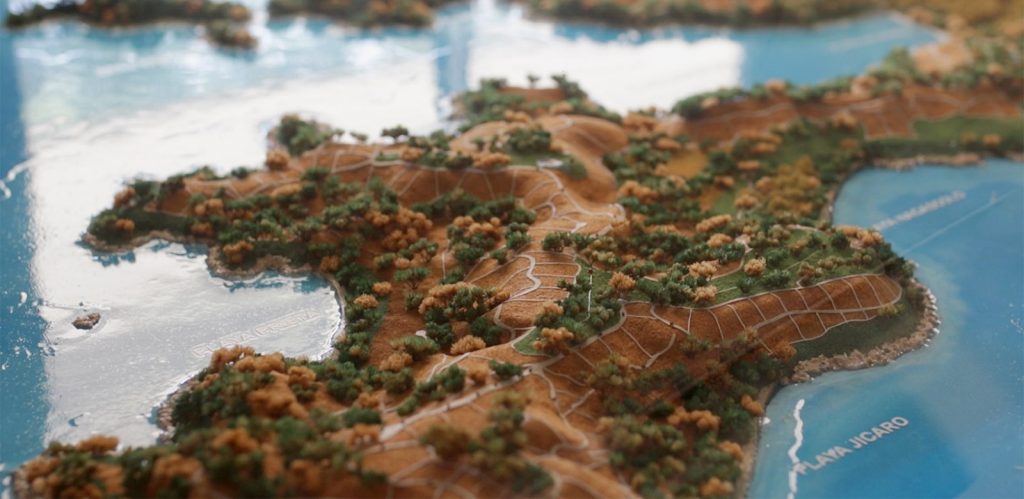
A model within the offices of Ecodesarrollo SA, at the Peninsula of Papagayo resort, shows the main developments of these lands. Credit: César ArroyoPhoto: César Arroyo
An example of this in the province is that the largest investors in Papagayo sheltered money and transactions in tax havens such as the Bahamas, British Virgin Islands and Grand Cayman, according to a 2017 investigation by The Voice of Guanacaste.
“It’s not a question of saying whether the sun and beach model is harmful, but rather the way in which the model occurred needs to be analyzed,” the researcher emphasized.
Empower Communities with Tourism
Since 2017, the Incae Business School and the Costa Rican Tourism Institute (ICT- Instituto Costarricense de Turismo) have evaluated the Costa Rican Tourism Development Centers according to Social Progress Indexes (SPIs) of 32 Tourism Development Centers taken into account in the 2017-2021 National Tourism Plan..
They are similar to the cantonal SPIs, which assess the social and environmental performance of the cantons in three measurements: basic human needs, foundations of well-being, and opportunities. Twelve components make up these three measurements, such as nutrition and medical care, water and sanitation, and housing.
The results allow them to determine what challenges the State faces in order to overcome challenges and what programs or actions should be designed so that this index improves year after year.
One of the findings of the evaluations of tourist developments is that most have an SPI higher than the measurement of the canton to which they belong. For example, Punta Islita’s SPI was 73.9 in 2019 while that of its canton, Nandayure, was 69.8.
But this doesn’t hold true for all of the centers. For example, the SPI in Tourism Development Centers such as Tamarindo (69.9) and Conchal (65.6) are below the SPI of their canton: Santa Cruz (73.3).
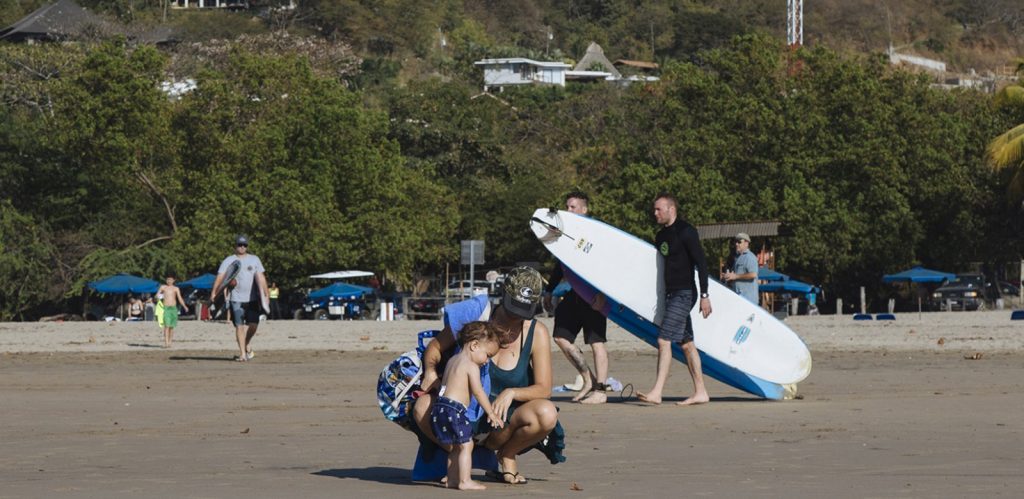
In 2018, residents of Playa Tamarindo and Playa Callejones were concerned about the absence of municipal police in their communities. Credit: Eka Mora
The Incae Business School’s Social Progress Index director for Latin America, Jaime Garcia, explained that one of the purposes of the SPI for Tourist Centers is also to identify lags in these communities.
In Conchal, for example, they noted that the lowest categories are: intolerance towards immigrants, violence against women, human trafficking, low electoral participation and people don’t feel they can form a union.
Among the positive aspects, Garcia highlighted that tourist developments improve internet access, access to water, electricity and the quality of housing. They also improve access to primary and secondary education and are sources of attracting human capital (economic value for a person’s professional skills).
“If there were no tourism, there would be nothing more than the agricultural or fishing industry. What we have seen is that there are important differences depending on the tourist destination and how I manage the tourist center, how I relate to the community,” Garcia clarified.
The SPI in the 2019 Tourist Centers of Costa Rica shows a color card according to the results for each of the centers.
- Green means your SPI is performing quite a bit better than the rest.
- Yellow when neutral.
- Red when it’s below the results of others.
None of Guanacaste’s Tourist Centers reached the green SPI. The one with the highest score was Papagayo with 74.19.
The country’s destinations with the highest scores are La Fortuna (77.88), Monteverde (77.74) and San Vito (77.69).
Garcia pointed out that in these destinations, the communities have an important influence with fairly solid development associations and cooperatives, which decreases in the rest of the tourist destinations, especially in Guanacaste.
“There is no direct relationship between direct foreign investment, the increase in tourists, the increase in hotel infrastructure and social welfare indicators— criticized Esteban Barboza— which indicates that this type of tourism is not the panacea for the historical poverty that Guanacaste has carried.”
Tourism that Looks Within
Barboza pointed out that the tourism model of Costa Rica and of Guanacaste isn’t designed for the Costa Rican public, but rather is a model that ‘looks outside,’ which makes it very vulnerable to geopolitical and economic fluctuations, disasters and the impacts that can be caused by illnesses like COVID-19.
“When do we Costa Ricans do tourism? At the end and beginning of the year, Easter week, mid-year vacations and that’s it. The entire Costa Rican labor system is designed so that we do not support the tourist activity,” he pointed out.
The commitment to international tourism is growing. During 2019, the Daniel Oduber airport registered 599,433 arrivals, 19.09% of the total arrivals to the country. And in June of 2021, it recovered the volume of passengers it had received before the pandemic.
Another point on which the UNA researcher is critical about this model is the way in which the local population is left out, for example, in real estate.
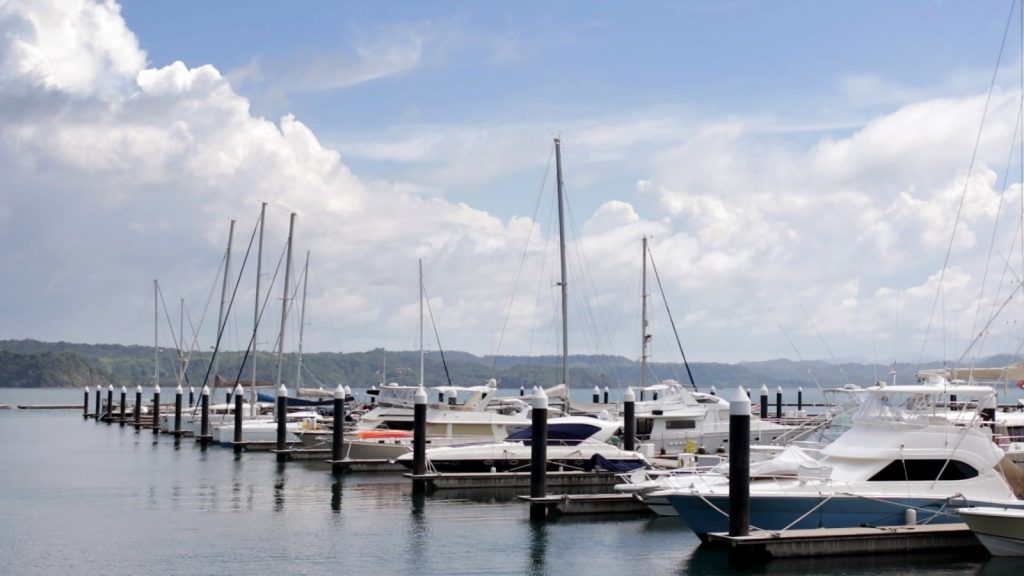
The Marina Papagayo is part of the developments within the Gulf of Papagayo Tourist Pole (PTGP). The area has been administered by the Costa Rican Tourism Institute (ICT) for more than 46 years. Credit: César Arroyo
In the Chorotega region, unemployment reached 30.5% in the third quarter of 2020, according to the results of the INEC Continuous Employment Survey. That same year, in Guanacaste, construction permits were processed for 1,173,318 square meters, according to data from the Federated College of Engineers and Architects (CFIA- Colegio Federado de Ingenieros y de Arquitectos), which made it the province with the third largest square meters processed after Alajuela and San Jose. Some of the lots in residential projects can be around $1 million.
It’s important to understand the large gap that exists between the needs that local populations are experiencing due to this crisis and the bonanza that exists in the real estate sector,” Barboza pointed out.
One of the consequences of this great demand, he explained, is that putting the emphasis on attracting large foreign investors automatically generates exclusion of local populations.
“It’s not only the matter of the hotel enclave, but also the residential enclave that demands a greater amount of land to carry out projects that automatically skyrocket the price of land,” stated Barboza.
This is one of the aspects that Marviva also pointed out in its Atlas of the Gulf of Nicoya. In the chapter on Problems that Can Strengthen Tourism Management, the Atlas criticizes that “the success of tourism in some places has led to the displacement of local people in the face of the increase in the capital gains of the land.”
We spoke with the director of Marviva about the findings of the new Atlas of the Gulf of Nicoya that the foundation recently published
Another important point mentioned in the atlas is that uncontrolled urban development has impacted the environment, mainly due to the lack of complete and updated coastal regulatory plans. This causes construction permits to be granted even when there are no environmental impact studies, water availability and associated problems such as poor management of sewage and solid waste.
The Climate Action Coordinator for the Center for Urban Sustainability, Jessie Vega, commented that it’s urgent for this large-infrastructure tourism model to be developed in harmony with the environment, for example, that buildings be designed taking into account climate conditions, taking advantage of natural resources (sun, vegetation, rain, winds).
If it’s done in this way, called bioclimatic architecture, the developments would depend less on air conditioning, would generate lower emissions, would use less energy and wouldn’t interrupt the biological processes of the species and ecosystems in which they are immersed.
“I would hope that in 2030, maximum in 2050, all construction will be done with sustainability criteria and applying solutions based on nature. They are concepts that are very much in vogue but there is still a big gap between what is said and what is done,” explained Vega.
In the presidential candidates’ different government plans, they often propose promoting other smaller-scale tourism models, such as rural community tourism.
The Voice consulted the ICT about the amount of resources that the institution allocates to developing this model, but they said that “since the structure of the institutional budget is proposed in a general way to take care of the country’s entire tourism sector as a whole, it is not possible to determine this amount.”
Barboza pointed out that these types of models are generally seen as alternatives, but always without questioning the dominant tourism model.
Not even in the worst moment of the pandemic did it occur to them to think about some reforms of a structural nature, but rather they only put bandaids on while this gets fixed,” he pointed out.
For his part, Jaime Garcia, from Incae, pointed out that the key is not just in the private sector but rather in a joint strategy, and he reiterated a statement from the former executive director of the World Tourism Organization, Marcio Favilla Lucca de Paula.
According to Garcia, when Favilla found out Costa Rica’s tourism SPI, he said: “We don’t want five-star hotels in one-star communities.”



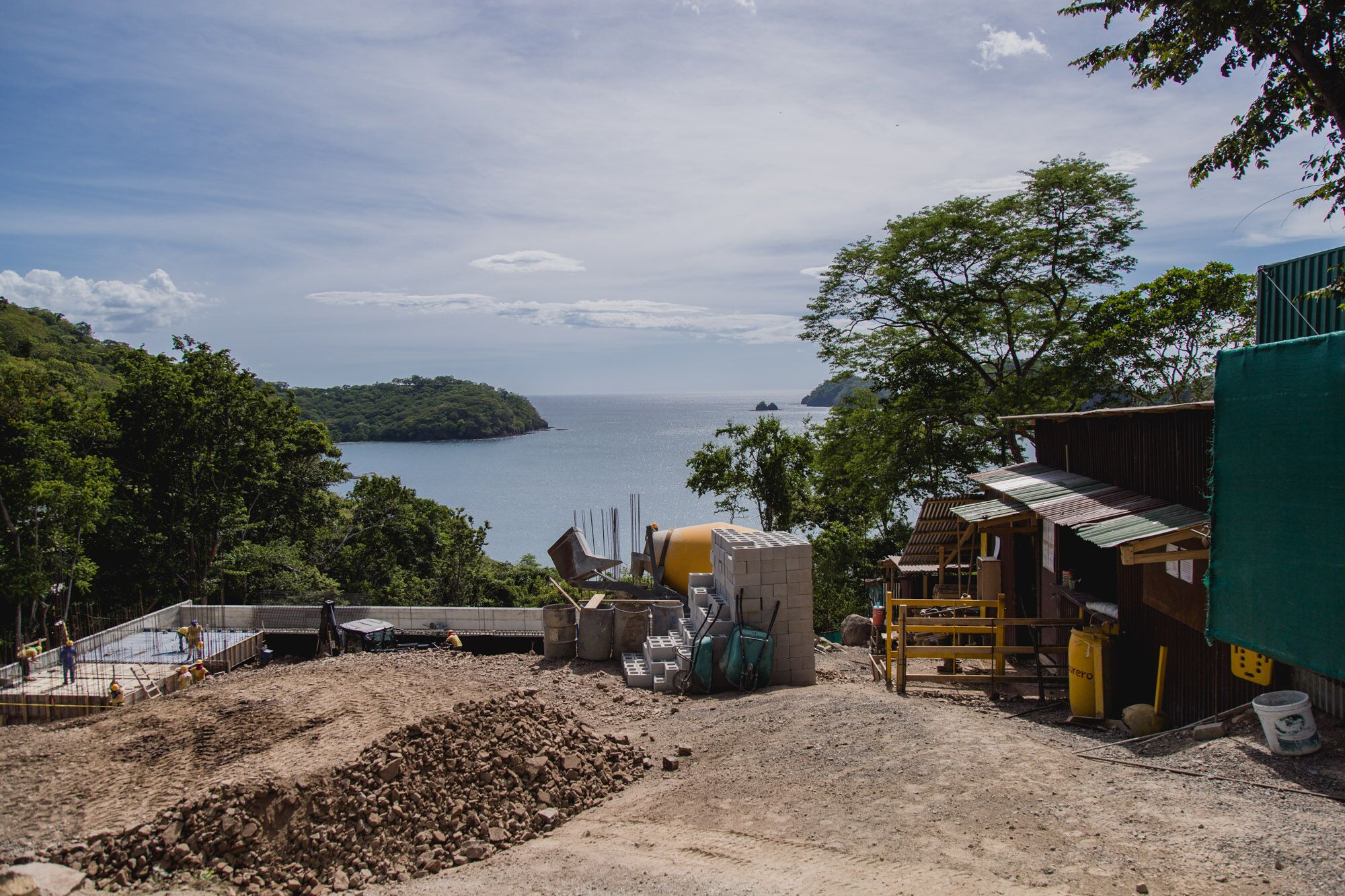
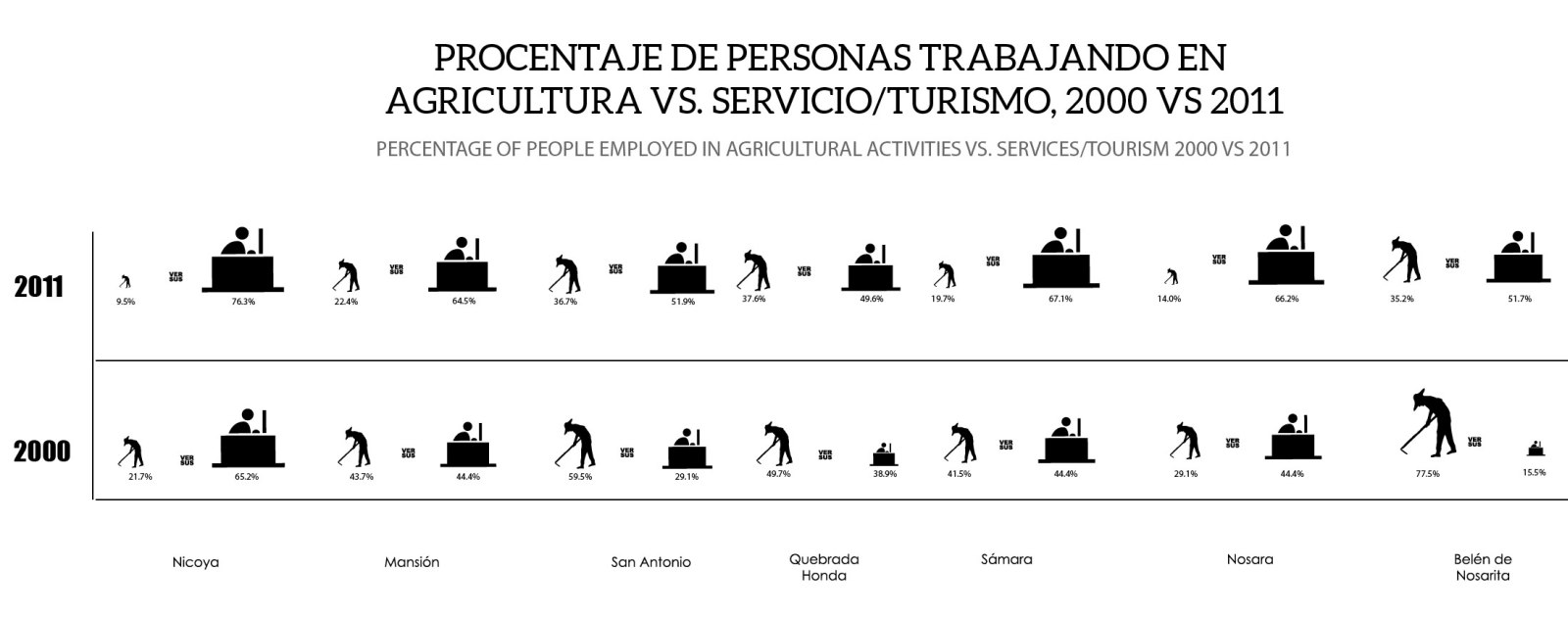
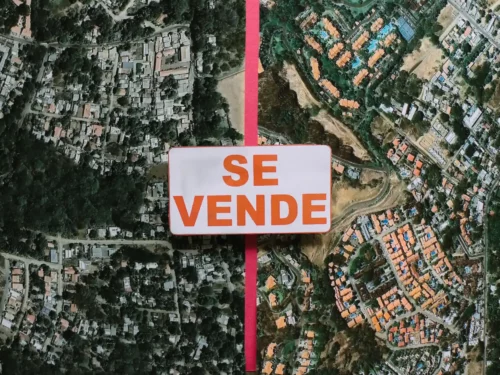
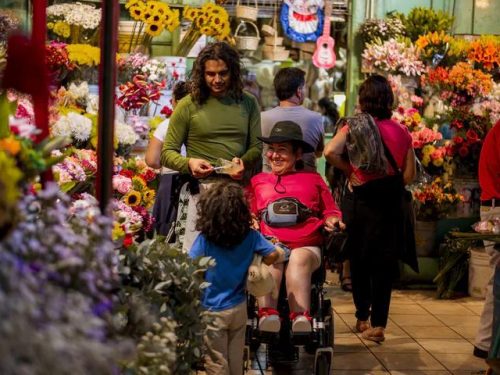

Comments